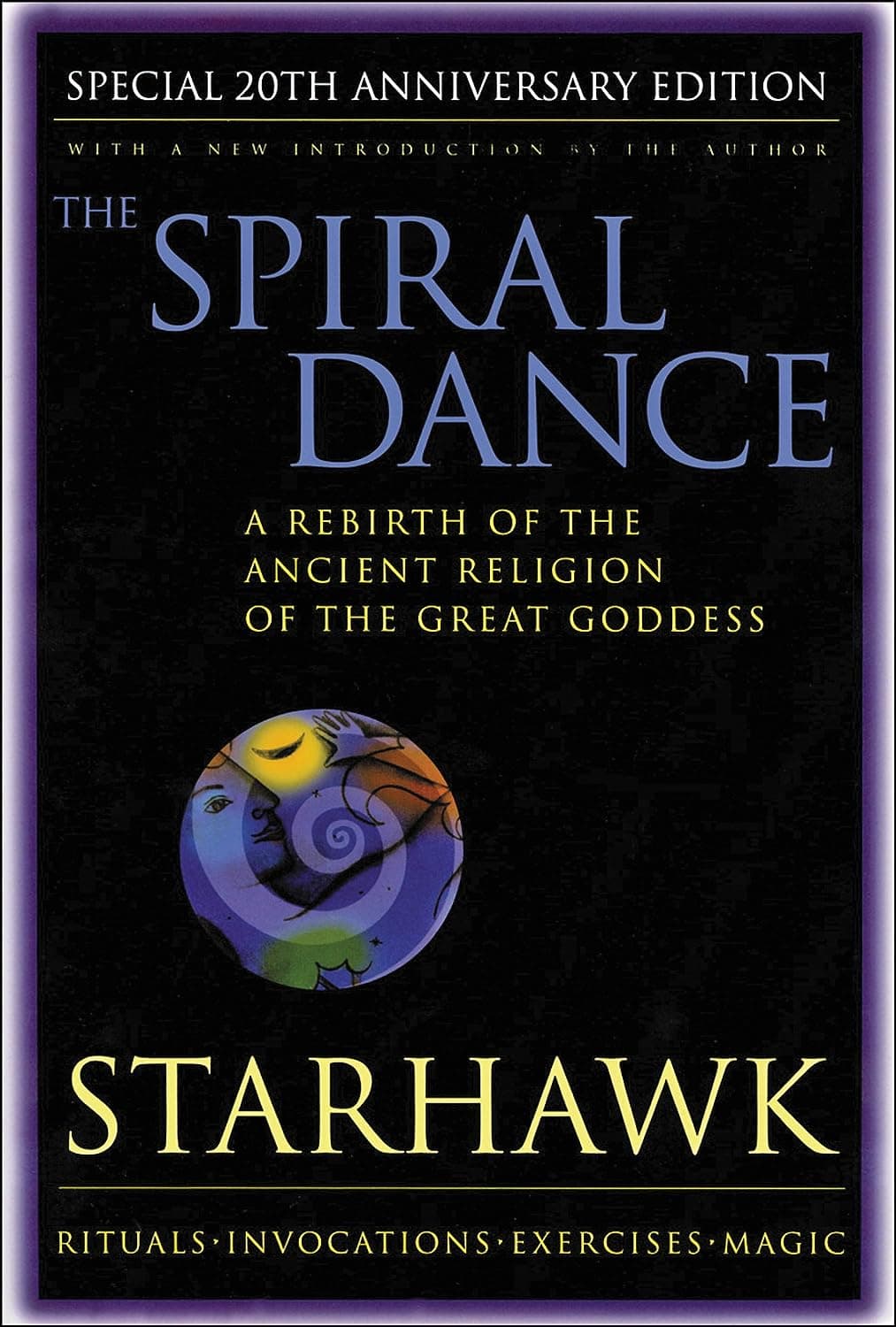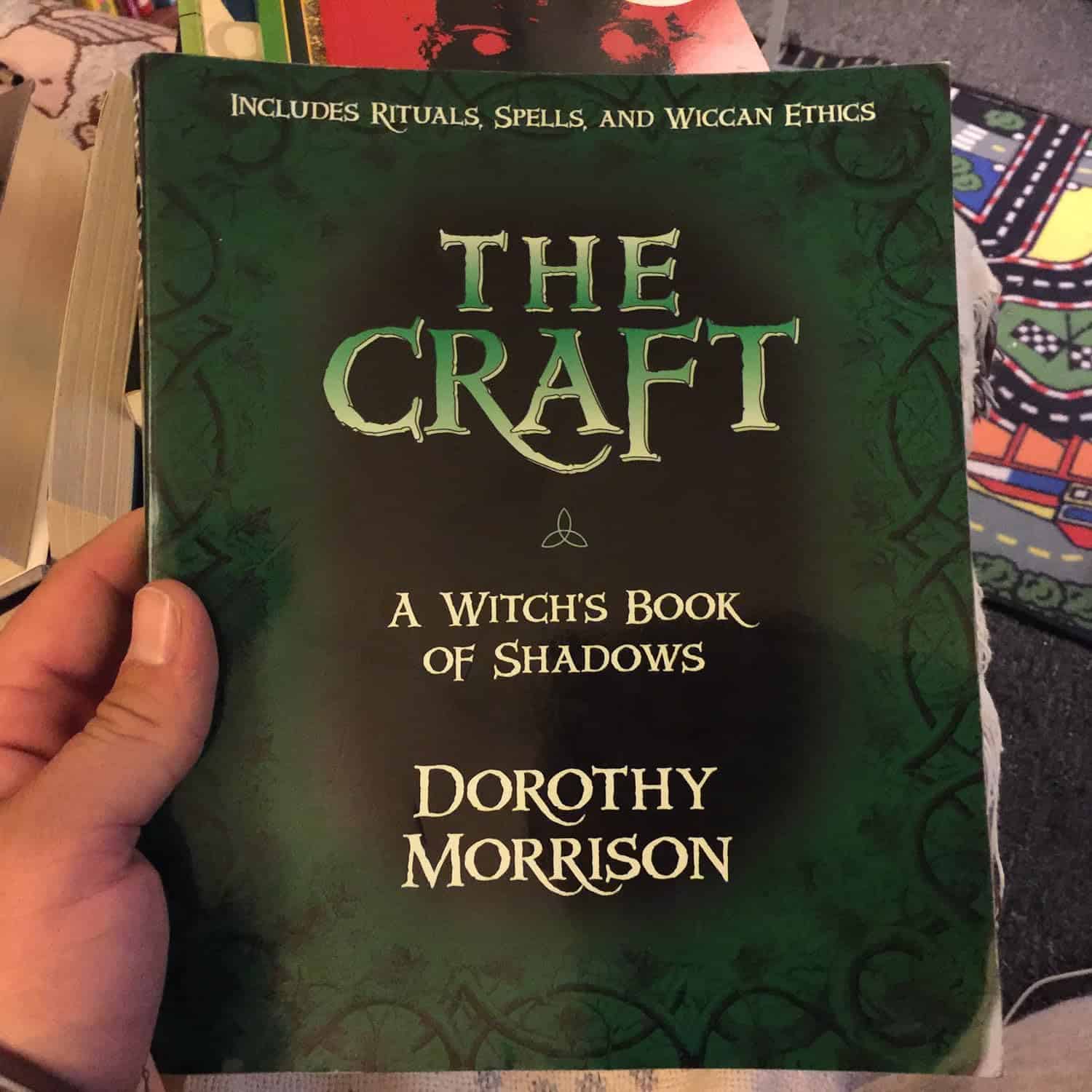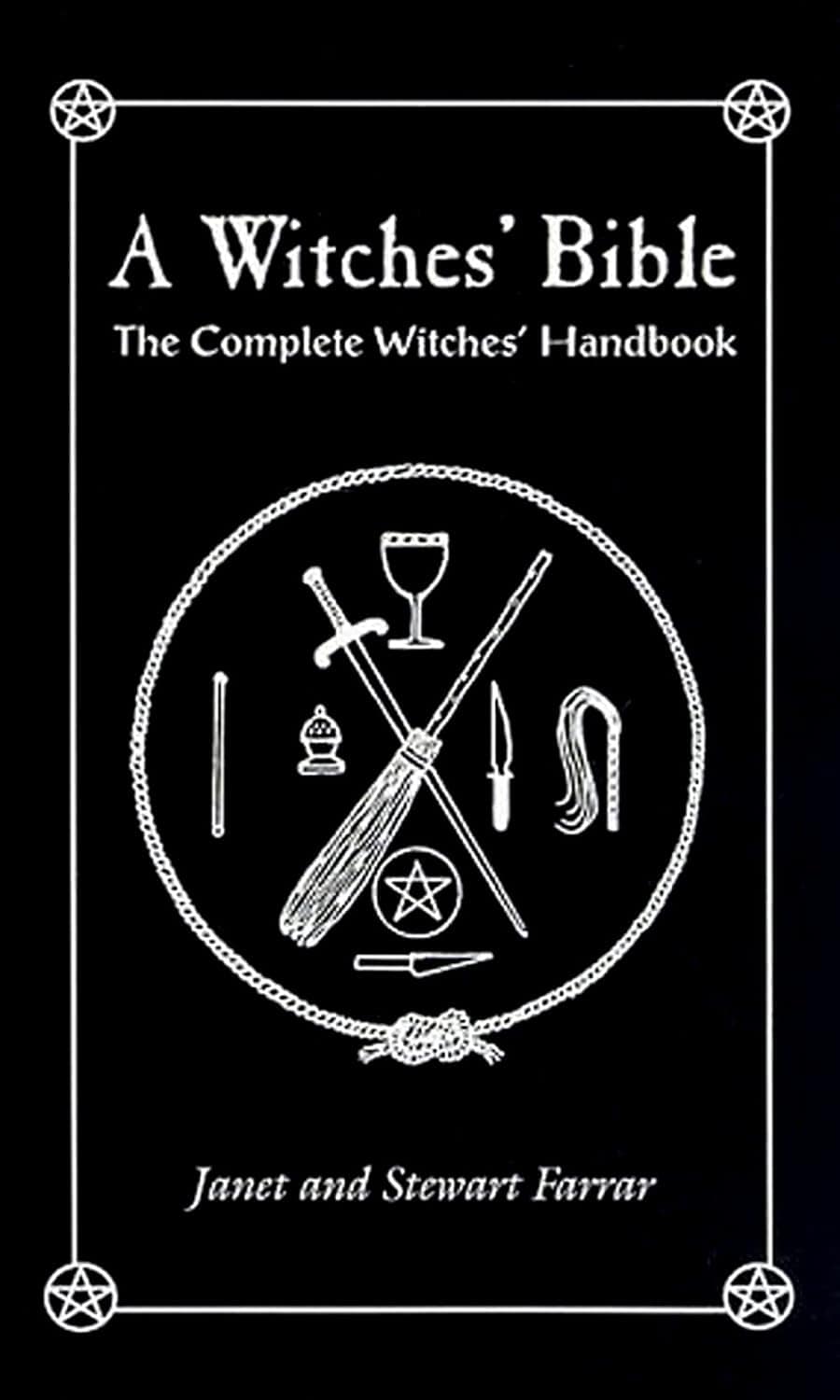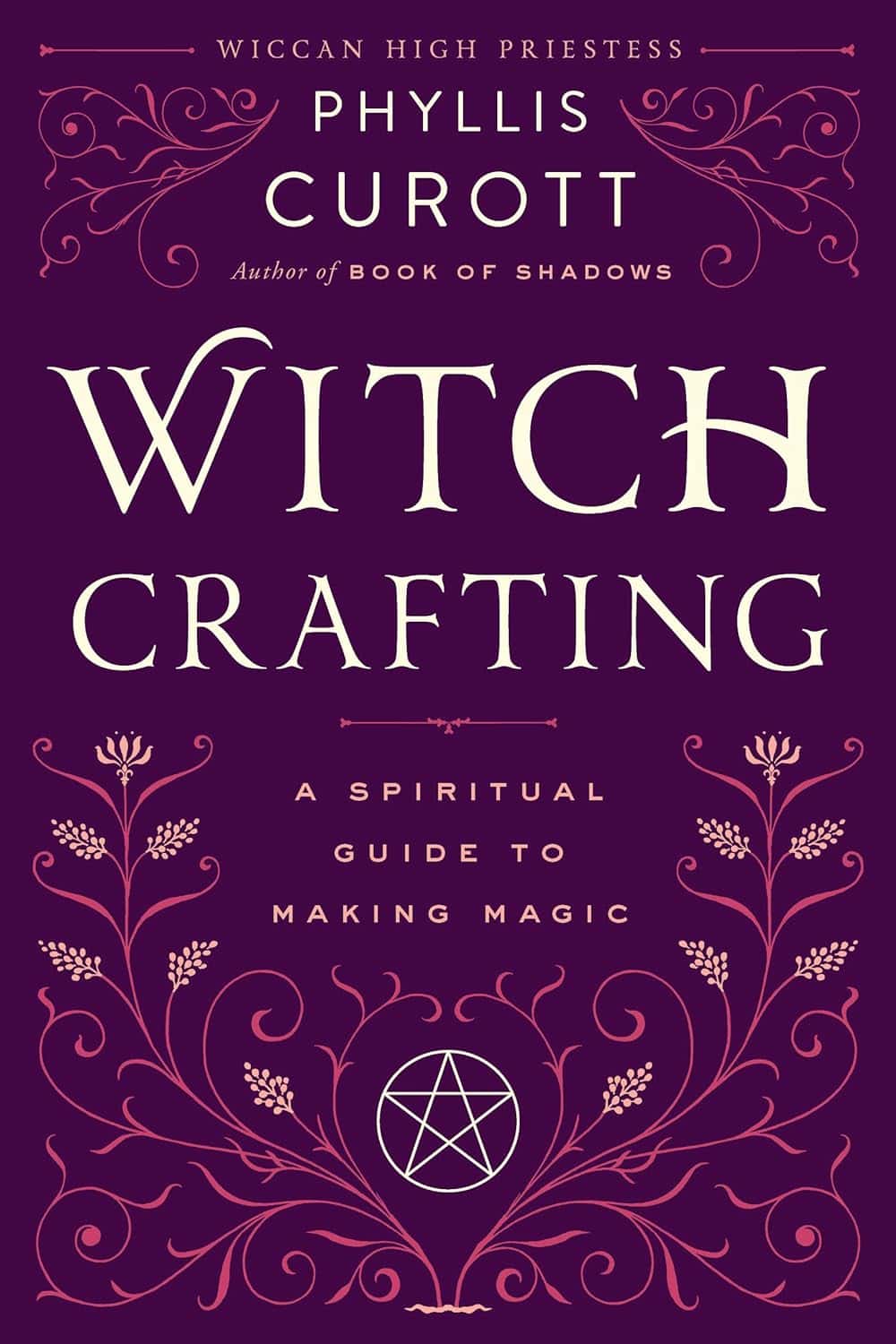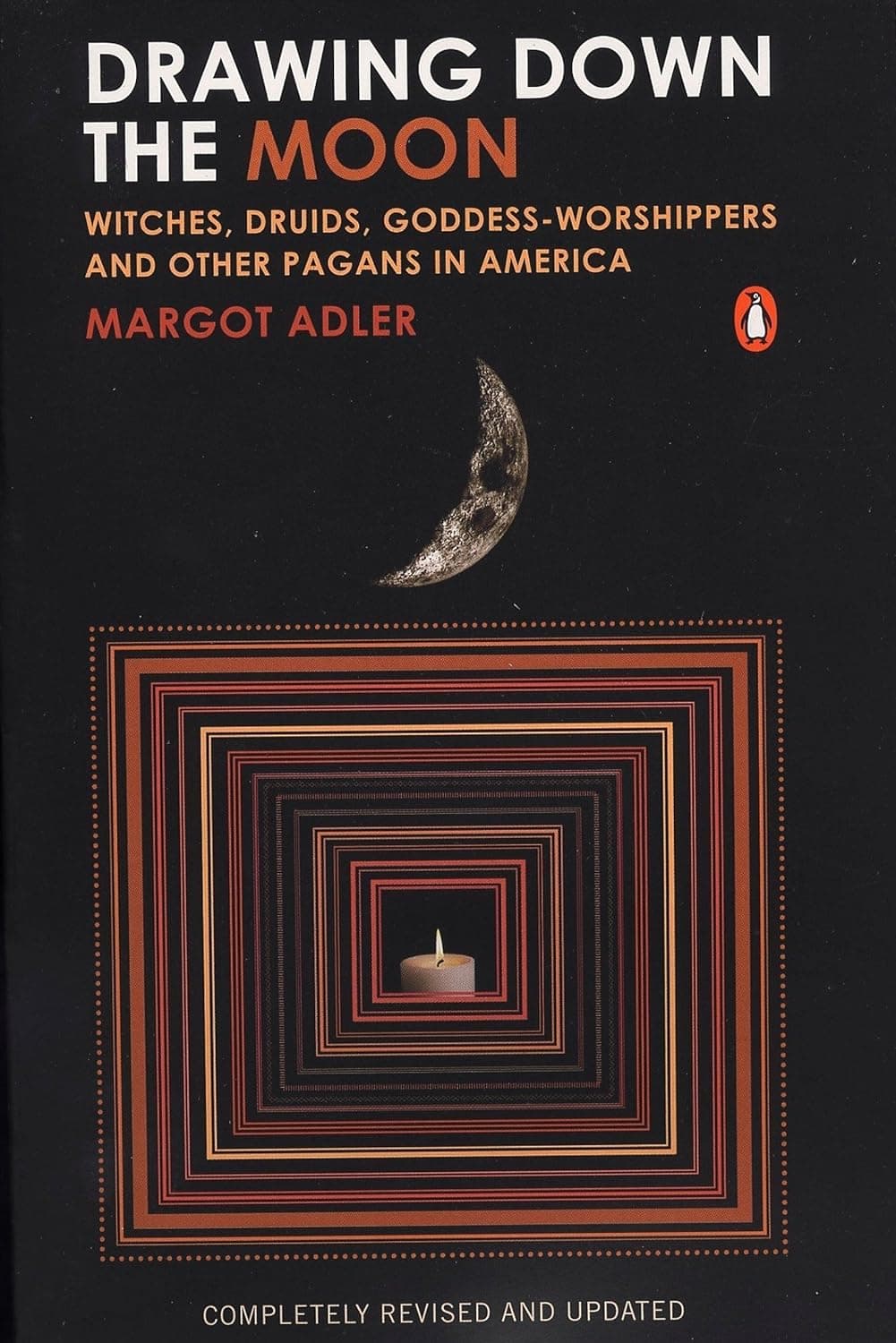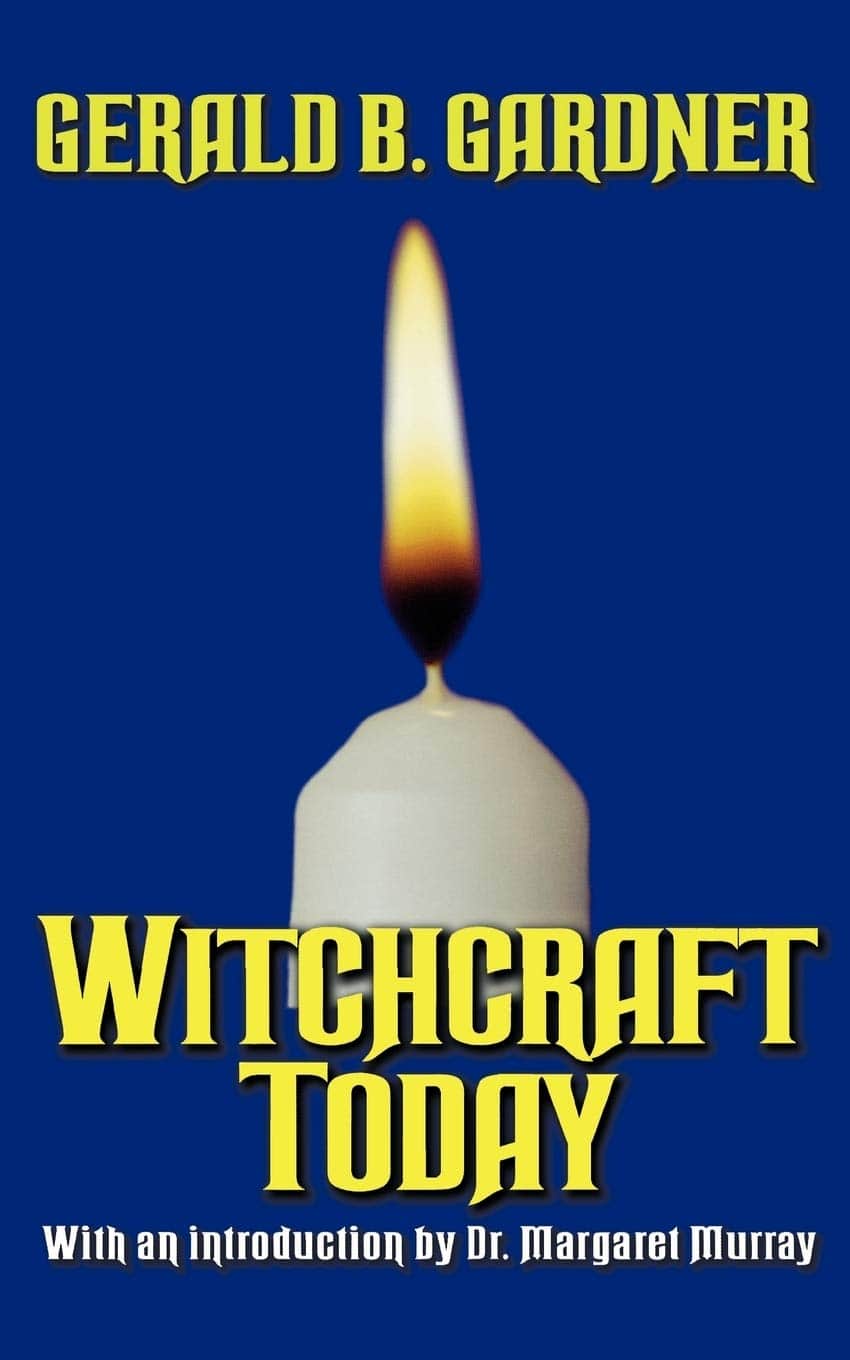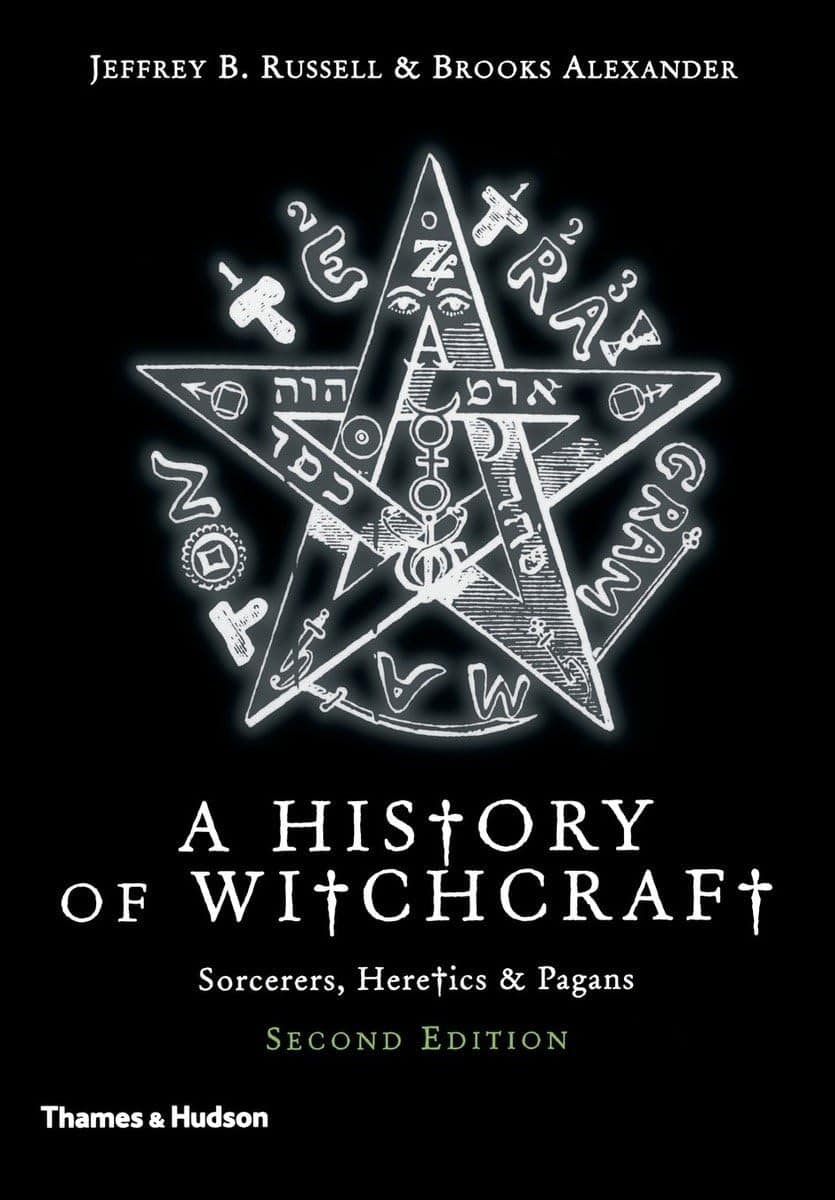When it comes to learning about contemporary Wicca and other modern Pagan paths, the sheer number of books available can be overwhelming. However, not all books are created equal. In this article, readers will discover the thirteen books that every Wiccan and many other Pagans should have on their shelves.
This list includes both historical and modern Wiccan practice books, all of which are worth reading more than once. It is important to note that while some books may claim to be about Wicca, they may not contain traditional Wiccan practice material. Nonetheless, these books still offer valuable information for those interested in learning about Wicca and Paganism.
1. Wicca, A Guide for the Solitary Practitioner by Scott Cunningham
Scott Cunningham’s book, Wicca: A Guide for the Solitary Practitioner, is a well-known and useful resource for those interested in practicing Wicca and magic as an individual. Although the book presents Cunningham’s eclectic path rather than any specific tradition, it contains valuable information on how to begin one’s practice.
The book is particularly useful for those who prefer practicing alone rather than joining a coven. It provides guidance on various aspects of Wicca, including rituals, spells, and the use of tools. Cunningham’s writing style is clear and easy to understand, making the book accessible to beginners.
2. “The Spiral Dance” by Starhawk
Starhawk’s The Spiral Dance is a well-known book on Wicca that delves into the spiritual depths of feminine consciousness. The book takes readers on a journey through various aspects of Wiccan spirituality, including raising the cone of power, trance magic, and magical symbolism. Although the original edition of the book was published two decades ago, it still holds relevance today. It’s worth noting that Starhawk has since reconsidered some of the views she expressed in the book, particularly those related to the polarity of the male/female.
3. The Craft: A Witch’s Book of Shadows by Dorothy Morrison
Dorothy Morrison’s The Craft is a beginner-friendly book that offers practical exercises and rituals for those interested in learning about Wicca. While the focus is on the lighter side of witchcraft, the book serves as a useful starting point for anyone looking to create their own rituals and workings.
Morrison’s writing style is straightforward and informative, making the book a valuable teaching tool for beginners and experienced practitioners alike. The inclusion of exercises and rituals not only provides practical guidance but also helps readers deepen their understanding of Wiccan practices.
4. A Book of Pagan Prayer by Ceisiwr Serith
Ceisiwr Serith’s A Book of Pagan Prayer is a one-of-a-kind book that caters to the needs of Pagans from various traditions. The book contains hundreds of prayers that cover different aspects of life, including birth, death, and handfastings, and the different seasons of the year.
The book also includes petitions and litanies dedicated to various gods. In addition to the prayers themselves, Serith provides readers with the theories behind prayer, including how and why it is done. The book also offers tips on how to create personal prayers. This unique resource is a valuable addition to any Pagan’s library.
5. A Witches’ Bible: The Complete Witches’ Handbook by Stewart & Janet Farrar
The first half of this book delves into the Sabbat rites with an emphasis on the meanings behind each holiday. While the rituals are unique to the Farrars, there is a noticeable influence from the Gardnerian tradition and Celtic folklore.
The second half of the book is a separate publication that explores the beliefs, ethics, and practices of modern witchcraft. Although the authors’ views may be considered conservative by contemporary standards, this book provides valuable insight into the evolving definition of what it means to be a witch.
6. Complete Book of Witchcraft by Raymond Buckland
Raymond Buckland’s Complete Book of Witchcraft is a well-known resource for Wicca seekers. The book, which was first published more than two decades ago, remains popular due to its eclectic approach to Wicca practices.
It is presented in a workbook format that allows readers to work through the exercises at their own pace. The book’s content is not limited to beginners, as it also contains useful information for seasoned readers, including rituals, tools, and magic.
The book’s popularity is due in part to its informative and accessible format, making it a valuable addition to any Wicca practitioner’s library.
7. “Witchcraft for Tomorrow” by Doreen Valiente
In “Witchcraft for Tomorrow,” Doreen Valiente offers a wealth of knowledge and insight into the history and evolution of Wicca. As a contemporary of Gerald Gardner, Valiente’s contributions to the development of modern Wicca are significant.
One of her most notable contributions is the Charge of the Goddess, a beautiful and evocative piece of poetry that is still widely used in Wiccan rituals today.
Valiente’s book delves into the historical context of various Wiccan rituals and practices, while also acknowledging that beliefs and practices can evolve over time. She provides a balanced perspective, pointing out ancient sources that may or may not be the root of contemporary ideals.
While some prior knowledge of British Traditional Wicca is helpful, “Witchcraft for Tomorrow” is an excellent resource for anyone seeking a deeper understanding of Wiccan history and practice.
8. “Witch Crafting” by Phyllis Curott
In her book Witch Crafting, Phyllis Curott provides a practical guide to magical ethics, the polarity of male and female in the divine, finding the god and goddess in everyday life, and the pros and cons of coven life versus solitary paths.
Unlike other books on witchcraft, this is not a collection of spells, rituals, or prayers. Curott’s background as an attorney who has worked on First Amendment issues shines through in her clear and concise writing style.
One of the most interesting aspects of the book is Curott’s take on the Rule of Three, which she presents in a thought-provoking way. Overall, Witch Crafting is a valuable resource for anyone interested in witchcraft and magic.
9. Drawing Down the Moon by Margot Adler
Drawing Down the Moon is a unique field guide that provides an academic evaluation of modern Pagan religions, including Wicca, and the people who practice them. Written by the late Margot Adler, this book offers a refreshing perspective on the Pagan community, free from the typical stereotypes and misconceptions.
Adler’s style of writing is both informative and entertaining, making the book a pleasure to read. She does not sugarcoat the reality that not all Wiccans are “full of white light and fluff,” but instead presents an honest and accurate depiction of the community.
The book is not a collection of spells or recipes, but rather a serious work that is akin to reading a well-done thesis paper. This makes it an excellent resource for anyone who wants to learn about Paganism in a serious and academic manner.
10. “Witchcraft Today” by Gerald Gardner
Gerald Gardner is widely recognized as the founder of modern Wicca and the Gardnerian tradition. His book, “Witchcraft Today,” is considered a valuable resource for those exploring Pagan paths.
While some of the statements in the book may require further investigation, given Gardner’s background as a folklorist, it remains a foundational text for contemporary Wicca. It is important to approach the book with a critical eye, but its insights and teachings continue to be relevant and influential in modern Paganism.
11. Pagans and the Law – Understand Your Rights by Dana Eilers
Dana Eilers, a former attorney and author of Pagans and the Law: Understand Your Rights, provides valuable insights into the legal rights of pagans. The book delves into the legal precedents of religious discrimination lawsuits and offers guidance on how to protect oneself from workplace harassment.
Eilers also emphasizes the importance of documenting any instances of unfair treatment due to one’s spirituality. By understanding their rights and taking appropriate action, pagans can ensure that their beliefs are respected and that they are treated fairly under the law.
Some key takeaways from the book include:
- Understanding the legal definition of religious discrimination and how it applies to pagans
- Knowing how to identify and document instances of workplace harassment
- Familiarizing oneself with the legal options available in the event of discrimination or harassment
- Consulting with a knowledgeable attorney to ensure that one’s rights are protected
12. “Triumph of the Moon” by Ronald Hutton
In his book “Triumph of the Moon,” Ronald Hutton examines the development of contemporary Pagan religions. Hutton, a respected professor, provides an insightful analysis of how these religions evolved from ancient Pagan societies and were influenced by 19th-century poets and scholars.
Despite being a non-Pagan, Hutton’s writing is engaging and witty, making this book an enjoyable and informative read. Through “Triumph of the Moon,” readers can gain a deeper understanding of the origins and evolution of modern Paganism.
13. A History of Witchcraft by Jeffrey Russell
In his analysis of witchcraft, historian Jeffrey Russell delves into the historical context of witchcraft from the medieval era to modern times. Russell categorizes witchcraft into three different types – sorcery, diabolical witchcraft, and modern witchcraft. He presents an informative read that is both entertaining and neutral.
Russell acknowledges that witchcraft can be a religion, but he does not attempt to romanticize or sugarcoat the history of witchcraft. The witch craze of the Renaissance is discussed, providing insight into the persecution of those accused of witchcraft during that time.
Summary
This section provides a brief overview of some of the best books about witchcraft. These books cover a range of topics, including history, spells, and rituals. Some of the most popular books include “Witchcraft Today” by Gerald Gardner,
“The Witch’s Book of Shadows” by Phyllis Curott, and “To Ride a Silver Broomstick” by Silver RavenWolf. These books offer valuable insights into the world of witchcraft and can be a great resource for both beginners and experienced practitioners.

